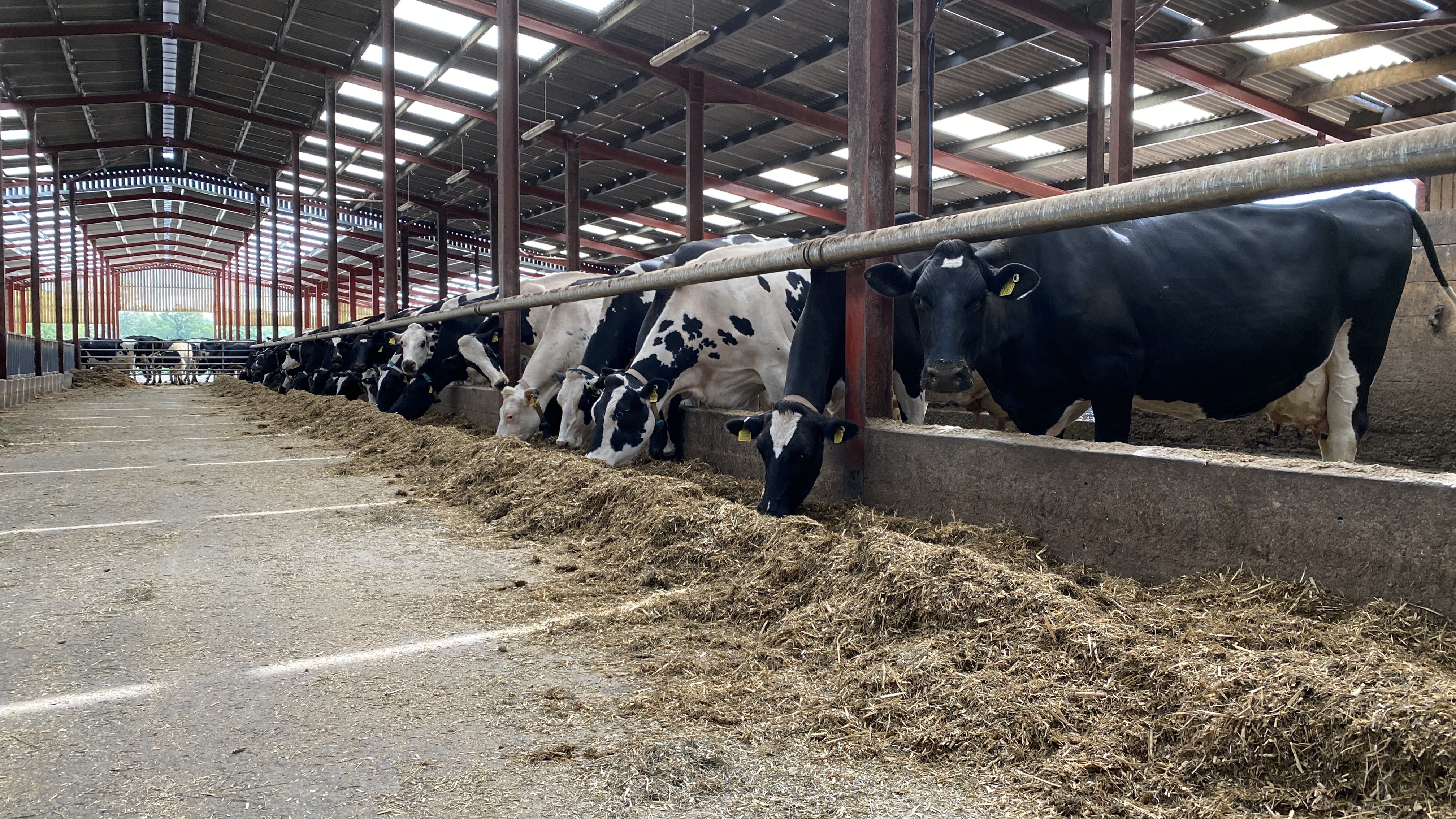There are many parts of the U.K. which are designated as less favourable areas for growing Maize. South West Wales is one of them.
If the maize grower is intending to feed forage maize with other forages (such as the high-protein/high-sugar silage from MAGNUM), it is important that a very early variety of high starch maize variety is selected to grow on farm.
The combination of a high starch maize and a quality grass silage when fed to cows and beef cattle enables the maxim utilisation of the total feed in the rumen.
Stock total dry-matter intake usually increases with this combination of forages, which can translate into increases of milk and meat and the possibility of reduced purchase of production concentrates.
The aim is a healthy well-fed herd of cattle, with improved animal margins over feed costs, leading to overall increased profitability.
Which Forage Maize Varieties are Profitable to Grow in the Less Favourable Areas of the U.K?
Before we select a variety of maize for the farm, we need decide what we need from our selected maize variety. Characteristics such as:
- Early harvest with high dry-matter percentage
- High percentage starch content of whole plant at harvest
- Whole starch yield at harvest (tonnes/hectare)
- Cell wall digestibility percentage of harvested maize crop
All are all important.
We have selected for you four maize varieties which are at the top of the 2024 Forage Maize Descriptive list for less favourable sites:
CITO
AUGUSTUS
DUKE
(Available as treated seed)
PINNACLE
(Available as Organic seed)
In normal climatic growing conditions they will give you the very best chance of achieving the quality maize feed required.
Western Seeds Have Long Experience of Marketing Maize Seed in the South West
Many of our older customers will remember buying maize from us, and we have conducted numerous maize trials over the years.
We were the first to introduce into the U.K. the process of growing maize under plastic film.
We wanted to have a maize growing system in place which would improve the starch percentage of the very late ripening maize varieties which were the best available at that time. This proved very effective.
With new improved maize/plastic drills becoming available, maize is still being drilled and covered with a plastic film.
However, after monitoring many maize crops over recent years, we are now questioning the financial viability of continuing to grow maize under plastic. We now have available to sow in the south-west very early ripening maize varieties. These varieties achieve very high levels of digestible dry matter yields with the important excellent levels of starch of whole plant and overall yield of starch at harvest without the use of plastic film.
We can, therefore, no longer encourage the use of plastic film to grow quality forage maize on farm.

